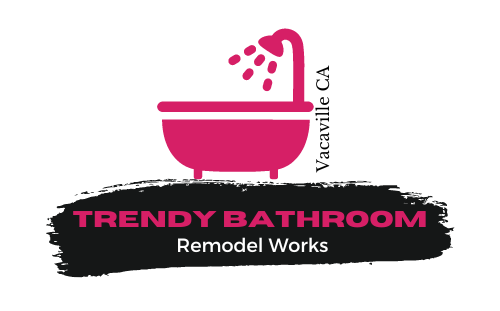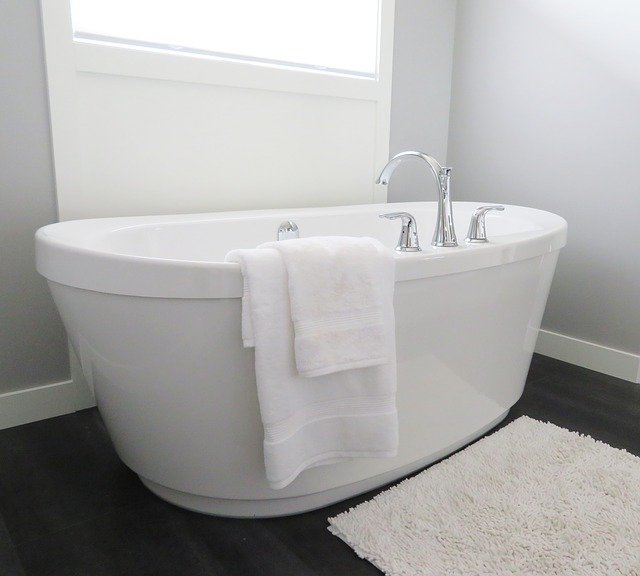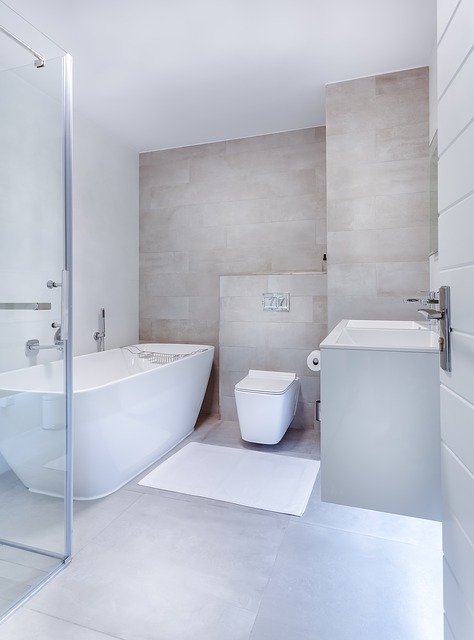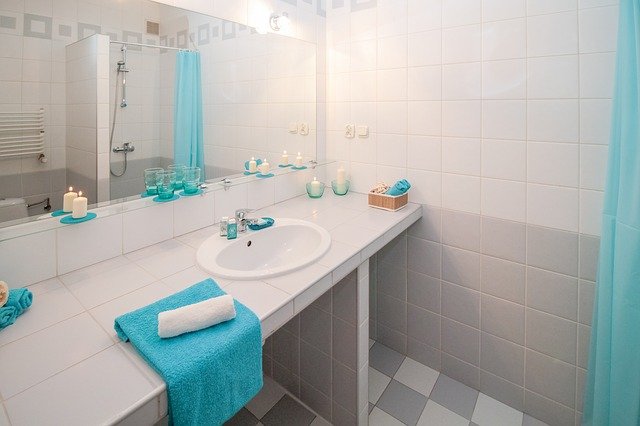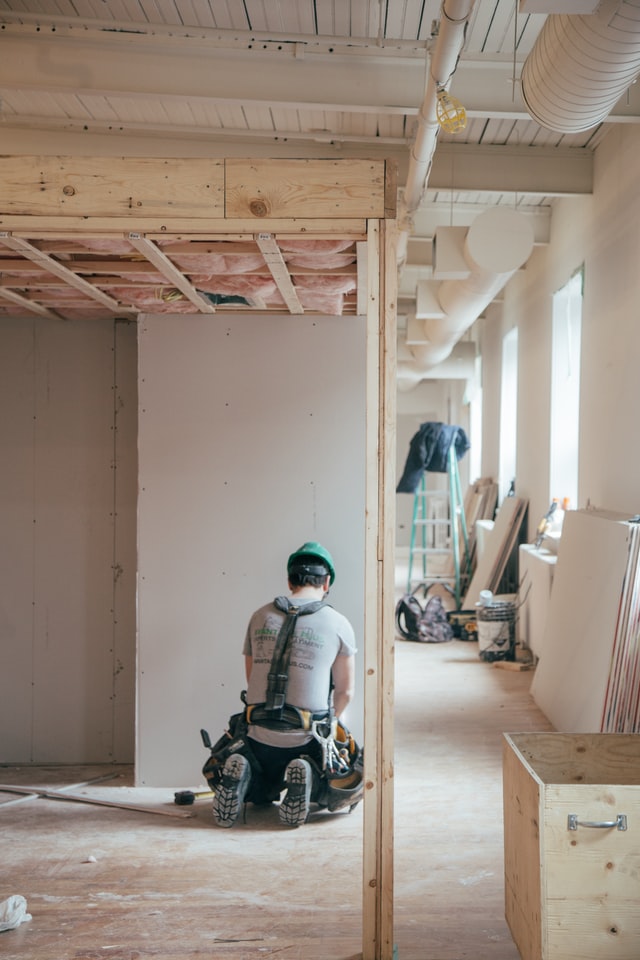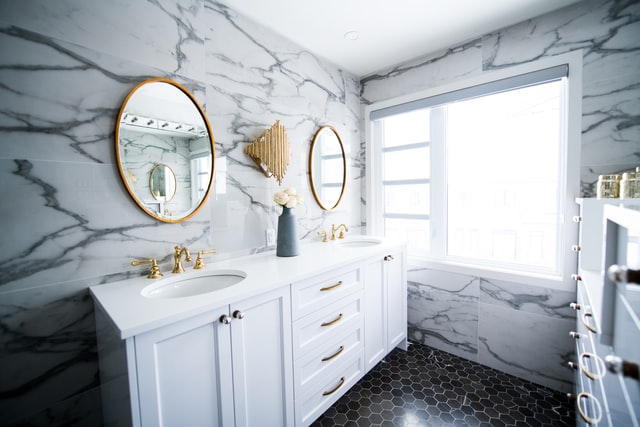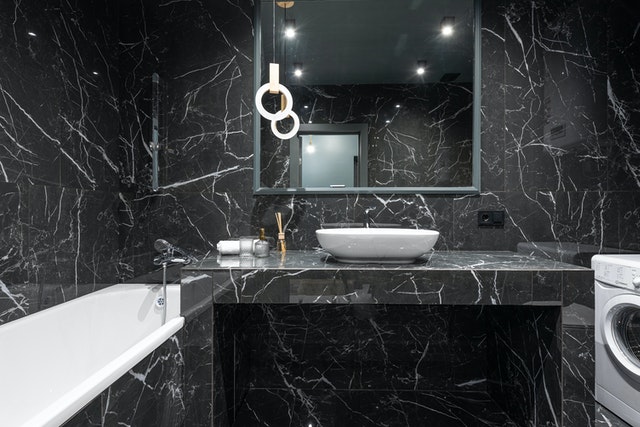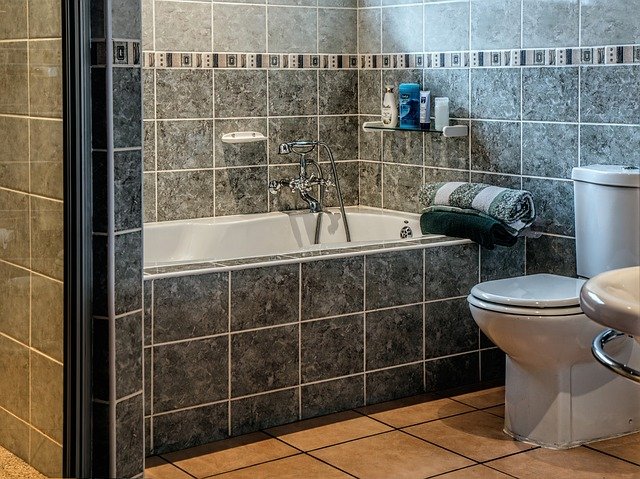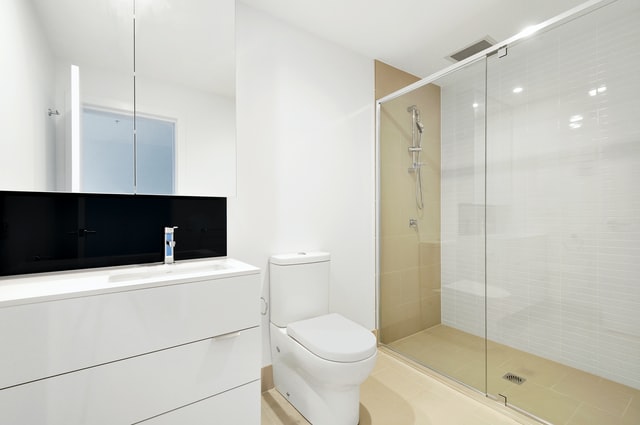Bathtubs
Bathtubs
This is an excerpt from the Book called “All New Bathroom Ideas That Work” by David Schiff. Continue reading to learn more about Bathtubs, thanks to the author.
Showers are great but sometimes you just want a nice warm soak, perhaps with a good book. We’ll get to the menu of amenities-from whirlpool jets to chromatherapy-but first you’ll need to decide what bathtub configuration will work with your design. Here’s the rundown:
Alcove. This type is designed to fit between three tiled walls with an apron only on the side you step over. Economical of space and money, it’s the tub used for tiled shower/tub combinations. You’ll need to specify whether the drain will be on the right side or left, depending on your plumbing.
Drop-in. These tubs have no aprons. The tub is fitted into a hole in a site-built deck and has a rim all the way around that overlaps the hole. They come in more sizes than alcove tubs and are available in oval as well as rectangular shapes. They can be fitted into an alcove but generally are installed in a peninsula or island. Drop-ins tend to cost more than alcove models and the deck requires more space, but they provide a lot more design flexibility and have a more space, but they provide a lot more design flexibility and have a more luxurious built-in look.
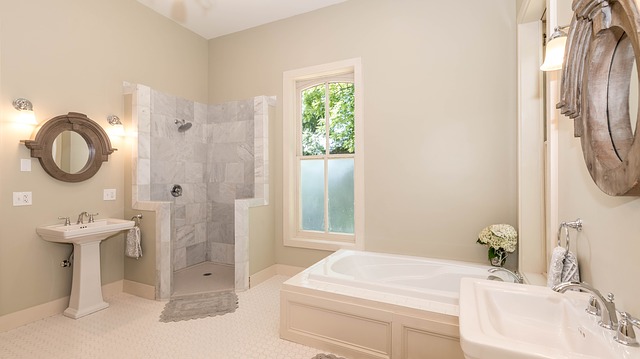
Corner. This is a type of drop-in tub. Shaped to fit into a corner deck, it can save space and open up more bathroom layout possibilities.
Undermount. These tubs are mounted under a deck instead of having a rim that overlaps the deck. As with sinks mounted under countertops, undermount tubs create an uninterrupted deck surface that is easy to clean and has a custom, high-end look.
Freestanding. Back in 1883, the kohler® company advertised its first claw-foot bathtub as a “horse trough/hog scalder, when furnished with four legs will serve as a bathtub.” To the modern era that sounds like faint praise, but as the first enameled cast-iron tub, it was actually a revolutionary development. This process, still used today, produces a surface that’s extremely durable and easy to clean. And while you can still buy a new claw-foot in cast iron or acrylic, you have several other freestanding shapes and styles to choose from, including classic slipper tubs that swoop up on one or both ends find tubs that sit on a pedestal instead of feet. In addition to classic designs, there are streamlined tubs that sit on a pedestal instead of feet. In addition to classic designs, there are streamlined tubs that fit right into a contemporary-style bathroom.
Whirlpool Tubs
Jets of warm water act like a massage, easing the ache of sore and tired muscles and relieving the stress of everyday life. The appeal of a whirlpool bath is easy to see, and many homeowners wouldn’t be without them. Yet members of the NKBA reported in a recent survey that 58% of their remodeling projects involved removing a whirlpool or tub. Oftentimes, homeowners replaced a whirlpool with a non-whirlpool tub or a shower.
Because of its pump and piping, a whirlpool tub takes up more space and is more expensive to purchase and install than a conventional tub. And most whirlpool models take more maintenance than other tubs because water remains in the pipes when the jets are off. This allows bacteria, dirt, soap, shampoo, and body oils to build up. The maintenance is pretty simple-you cycle through some dishwasher detergent every month or so. Still, some folks have found they just didn’t use the whirlpool enough to justify the extra expense, space, and maintenance. Another consideration: Does your water heater have enough capacity to fill it?
So give it careful thought. If you decide you want a whirlpool, you’ll find many brands and types on the market. In some tubs, the jets can be adjusted for both direction and water volume. The number and location of jets varies by manufacturer. Tubs with in-line heaters will keep the water warm while you are relaxing.
Air-Jet Tubs
Air-jet tubs shoot jets of preheated air into the tub, creating a massage-like experience that’s gentler than the water jets of a whirlpool. The jets of a whirlpool provide more intense pressure than the tiny air-jet bubbles. A whirlpool is better for targeting the neck, back, and other parts of the body that need stress relief. Air jets are said to be better for stimulating blood flow and breathing.
Some tubs let you adjust the intensity of the air jets, and some have a wave-and-pulse feature that works by presetting the jet intensities to change according to a pattern. Some models have in-line heaters.
Because there is no residual water in the pipes, air-jet tubs don’t require as much maintenance as most whirlpools. Plus, air-jet tubs are not as complex as whirlpools, so they are less prone to problems. If you are deciding between whirlpool and air jet, it’s a good idea to visit a showroom that has working models of both.
Japanese-Style Soaking Tubs
Any tub deep enough to immerse yourself might be considered a soaking tub. However, the traditional Japanese-style tub, called ofuro, which simply means bath, is distinctive because it’s designed to immerse you up to the neck while sitting up. As a result, these tubs are quite deep but have a smaller footprint than western-style tubs.
Because of the smaller footprint, an ofuro can be just the ticket if you want to fit a soaker into a tight space. However, due to the depth, you’ll typically need to provide a step up into the tub or recess the tub partway into the floor. Like whirlpools and other large tubs, ofuro tubs hold a lot of water so you’ll need to make sure your water heater has enough capacity. Also, because the weight of the water is concentrated on a relatively small floor area, you may need to reinforce the floor joists.
Ofuro tubs have become popular around the world and are widely available in the United States. They are made from a variety of materials including wood-the traditional material in Japan-acrylic, stainless steel, and copper. You can have one custom-made from concrete.
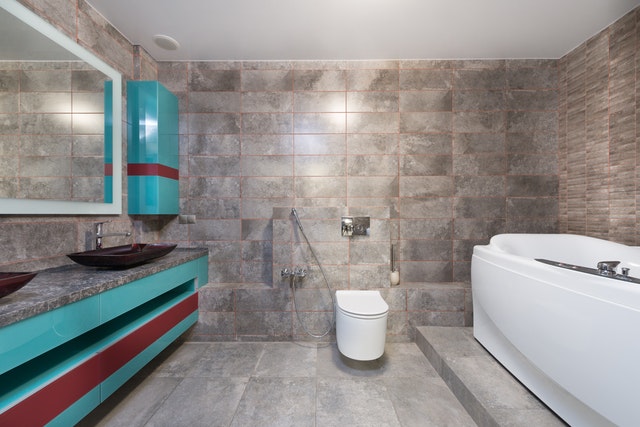
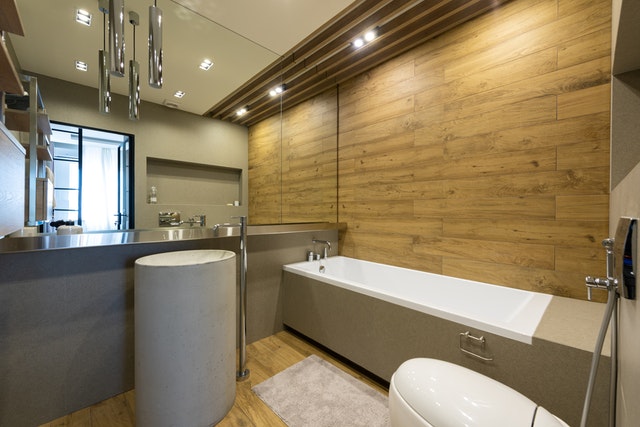
Color-And Sound-Therapy Tubs
Some whirlpool or air-jet tubs are available with a color therapy, or “chromatherapy,” lighting feature. Chromatherapy is a form of holistic medicine that uses color to promote physical and mental well-being. Tubs with this feature incorporate light-emitting diodes that, with the push of a button, produce a range of colors. Typically the lights will automatically cycle through the colors, but you can set them to one color that suits your mood.
If you want to involve yet another one of the senses, you can get a tub that offers vibro-acoustic therapy-the idea is that feeling musical vibrations is therapeutic. Kohler, for example, sells this feature as VibroAcoustic®. You use Bluetooth to send your music from your phone or other device to the tub. When the tub is empty, it simply plays music, when you are in the filled tub, you feel the vibrations through the water as well as hear the music.
Tubs With Doors
Older people and those with a disability may find it difficult to get in and out of a conventional bathtub. One solution is a walk-in tub with a door. With the door open, the bather steps over a very low curb, takes a seat, closes the door, and fills the tub. Models are available with whirlpool jets, air jets, or both, and some come with handheld showers.
Tubs are available with doors that swing in or doors that swing out. An in-swinging door would make sense in a cramped bathroom where clearance is a problem. One argument against an in-swinging door is that they are harder to exit in an emergency because most of the water has to drain out before you can open it. However, in its favor, an in-swinging door is pushed against its seal by the weight of the water, making a leak unlikely.
Like other deep soakers, walk-in tubs are typically more compact than conventional tubs.
The Essentials
Bathtubs
When it comes to durability and appearance, the material used to make your bathtub is more important than the shape or features like whirlpool jets. You have lots of materials at different price points to choose from, ranging from fiberglass or porcelain over steel at the low end to copper, bronze, and stainless steel, which are extremely durable and quite expensive.
Fiberglass/Gelcoat
$
- A mold is sprayed with a thin layer of polyester resin called gelcoat, and then layers of fiberglass are added for strength. However, the tub walls are thinner than other materials so may not seem as solid.
- Resists stains, but the topcoat is thinner and not as durable as other plastic options, such as acrylic.
- Color may fade over time.
- Fiberglass surface is easily scratched, so abrasive cleaners should not be used. Follow the manufacturer’s cleaning instructions.
Acrylic
$
- Made by forming sheets of acrylic in a vacuum mold and reinforcing the tub with fiberglass.
- More-durable than fiberglass/gelcoat, with a thicker color layer so minor scratches won’t be obvious.
- As with fiberglass/gelcoat, abrasive cleaners should not be used on acrylic.
Porcelain Over Steel
$
- Porcelain enamel is fused with heat to a substrate of sheet steel formed into a tub.
- Lighter in weight than cast-iron tubs but not as durable.
- Loses heat quickly.
- Porcelain is easy to keep clean, but any nicks or cracks in the surface will allow the steel tub to rust.
Cast Polymer
$-$
- Made by casting plastic resins with filler. The filler may be natural stone, quartz, or marble to mimic the look of solid stone. Or the filler may be a synthetic material to produce solid-surface material in a variety of colors. Usually the surface is a layer of gelcoat.
- Gelcoat surfaces can be damaged by abrasive cleaners.
- Some manufacturers will make sinks and shower enclosure at the same time to ensure a good color match.
Porcelain Over Cast Iron
$
- Porcelain enamel is fused with heat to a thick substrate of cast iron.
- The porcelain layer is thicker and more durable than a sheet-steel tub.
- Cast iron is heavy, adding to installation cost. The floor may need reinforcement.
- Because of greater mass, cast-iron tubs retain heat very well. However, that greater mass will cool water if the tub is cold when filled.
- More durable than fiberglass/gelcoat, with a thicker color layer so minor scratches won’t be obvious.
- Like fiberglass/gelcoat, porcelain should not be cleaned with abrasive cleaners.
Copper, Bronze, And Stainless
$-$
- Very expensive but also extremely durable.
- Like cast iron, these metals retain heat well but will cool water if filled while cold.
- Not susceptible to corrosion, but some metal surfaces require polishing to maintain their original luster.
